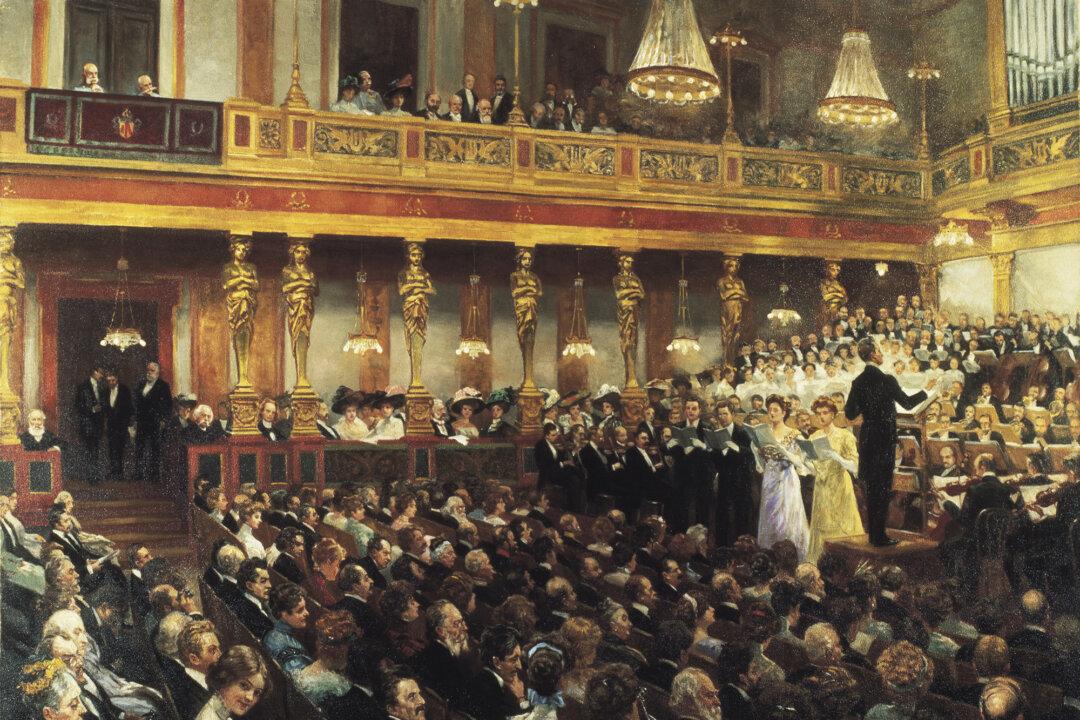Once upon a time, Chicken Little’s infamous phrase, “The sky is falling!” was the battle cry of alarm. Today, this classic signal of hysteria is in the process of being kicked to the curb, replaced by the new cry of “Fake news!”
So prevalent is the fear of fake news that some states are seeking to mandate media literacy instruction in the classroom. New Jersey is one of those states, The Hechinger Report explains, noting that media literacy instruction would extend to students in grades as young as kindergarten, because, “Experts say that many Americans, both young and old, lack the skills required to critically analyze information in a digital world.”






